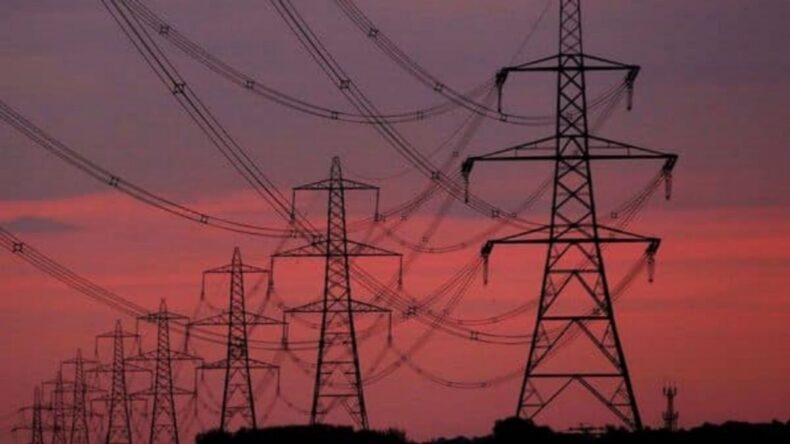In August, India’s Central Electricity Authority (CEA) forecasts a peak power demand of 214 GW. Furthermore, the average energy consumption for the month of May might rise to 1,33,426 million units, higher than it was in May. (MUs). According to CREA, an independent research organization decreased pre-monsoon coal storage in thermal power plants in India indicates a new power crisis in July-August. The present coal stock in pithead power stations is 13.5 million tonnes, with a total of 20.7 million tonnes at all power plants nationwide.
The CREA Report
According to the Centre for Research on Energy and Clean Air’s (CREA) report, “Failure to load: India’s power crisis is a coal management crisis,” coal power plants are “in no position to address even a minor spike in power demand” and “there is a need to plan for coal transportation well in advance.” In August, the CEA forecasts a peak power demand of 214 GW. Furthermore, average energy consumption could rise to 1,33,426 million units, up from 1,33,426 million units in May. (MUs).
“The arrival of the south-west monsoon will exacerbate the difficulties in mining and transporting coal through mines to power plants. In July-August 2022, if coal inventories are not restored to acceptable levels before the monsoon, the country may face once again another power crisis “According to CREA.
“The data clearly show that coal transport and management were insufficient to meet the growing demands from power sector… Despite adequate coal mining, thermal power plants were not adequately stocked, according to the trends “It was stated.
The current status of India’s coal production
In the financial year 2021-22, India produced a record amount of coal, 777.26 million tonnes (MT), up, from 716.08 MT in the previous year, a rise of 8.54 percent.
In FY 21-22, the country’s total mineable capacity was over 1,500 MT, while the total output was only 777.26 MT, less than half of its capability. According to Sunil Dahiya, a CREA analyst, if there was still a true coal shortage, coal companies could easily increase production.
The fundamental cause of last year’s power outage was power plant operators’ failure to stock enough coal before the southwest monsoon arrived. The time is critical since the monsoon floods coal mines, causing output and transportation to power plants to be hampered.













